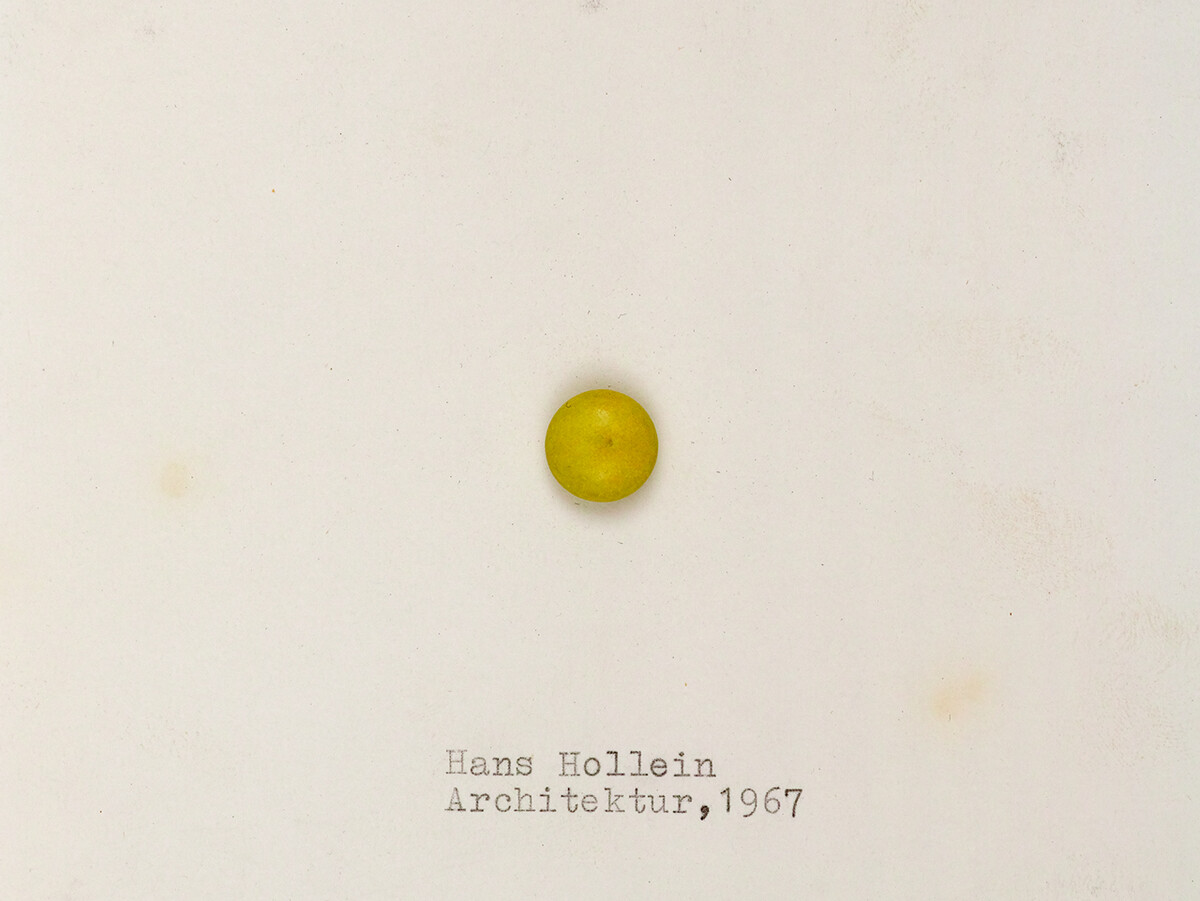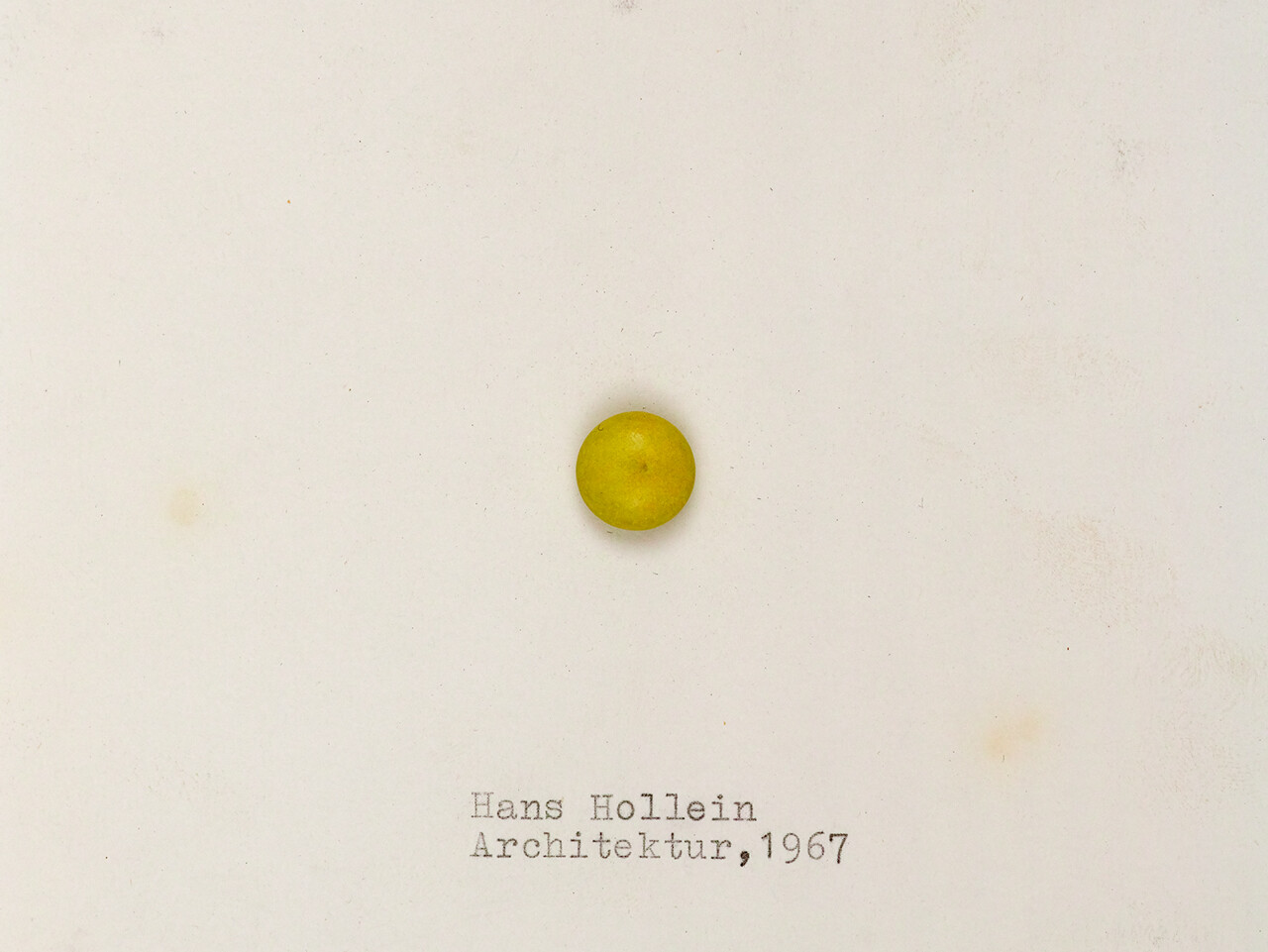Livestream 2–8pm CET
May 6, 2022
Sick Architecture Talks is a conference program accompanying the opening of Sick Architecture, an exhibition curated by Beatriz Colomina, Silvia Franceschini, and Nikolaus Hirsch at CIVA. Moderated by e-flux Architecture Deputy Editor Nick Axel, Sick Architecture Talks will feature presentations by more than twenty architects, artists, writers, and scientists.
Architecture and sickness are tightly intertwined. Architectural discourse always weaves itself through theories of body and brain, constructing the architect as a kind of doctor and the client as patient. Architecture has been portrayed as both a form of prevention and cure for thousands of years. Health is supposed to be the main goal of the architect, as Vitruvius already insisted in the first century BC. Yet architecture is also often the cause of illness, from toxic building materials to sick building syndrome. Architecture itself has become sick.
Every age has its signature afflictions, and each affliction has its architecture. The age of bacterial diseases, particularly tuberculosis, gave birth to modern architecture in the early decades of the 20th century, to white buildings detached from the “humid ground where disease breeds,” as Le Corbusier put it. In the postwar years, attention shifted to psychological problems. The architect was often seen as a kind of shrink; the house not just a medical device for the prevention of disease, but for providing psychological comfort, or as Richard Neutra put it, “nervous health.” The 21st century is the age of neurological disorders, with depression, ADHD, borderline personality disorders, burnout syndrome, allergies, and “environmental hypersensitivity” defining the contemporary experience of architecture and the built environment.
Meanwhile, pandemics have returned. COVID-19 is completely reshaping architecture and urbanism. The virus has exposed the structural inequities of race, class, and gender, provoking a call for social transformation and perhaps an architectural revolution. The exhibition, together with the online publication series Sick Architecture, offers a wider historical and conceptual frame for such conversations.
Sick Architecture Talks
May 6, 2–8pm CEST
2pm CEST, Introduction
Nikolaus Hirsch
Beatriz Colomina
2:20pm CEST, Borders panel
Simon De Nys and Johan Lagae, “Cordon Sanitaire”
Guillermo S. Arsuaga, “Ellis Island: Architecture at the service of biopower”
Jeremy Lee Wolin, “Exclusion by Design: the Angel Island Immigration Station”
Maxwell Smith-Holmes, “Toxic Workplaces, Contaminated Homes, and Irradiated Landscapes”
3:20pm CEST, Contagion panel
Angela Brown, “Immunocompromised Architecture: Henry Klumb and the Puerto Rican Home”
Dante Furioso, “Sanitary Imperialism”
Andrea Bagnato, “Terra Infecta”
An Tairan, “Touching, Disease, and the Sacred Artifact”
4:10pm CEST, Coping panel
Victoria Bergbauer, “Prosthetic Village”
Caroline Voet, “Nearness in a House for (Im)mobile Guests”
Victoria Bugge Øye, “Coop Himmelblau and the Making of Environmental Health”
51N4E, “Tous Ensemble”
4:55pm CEST, Break
5:25pm CEST, Keynote
Mark Wigley, “Chronic Whiteness”
5:50pm CEST, Toxicity panel
Clemens Finkelstein, “sick world building syndrome”
Iason Stathatos, “Hunger Architecture”
Kara Plaxa, “An Epidemic of Toxic Masculinity”
Holly Bushman, “Regel-ated Bodies”
6:40pm CEST, Psychiatry panel
Marie de Testa, “Hysteria as Scenography”
Alexandra Sastrawati, “Depressed Worlds”
Giuseppina Scavuzzo, “Franco Basaglia and the Destruction of the Mental Hospital”
architecten jan de vylder inge vinck and Gideon Boie, “The Caritas Psychiatry”
7:40pm CEST, Keynote
Emily Apter, “Covid-Denialism”


